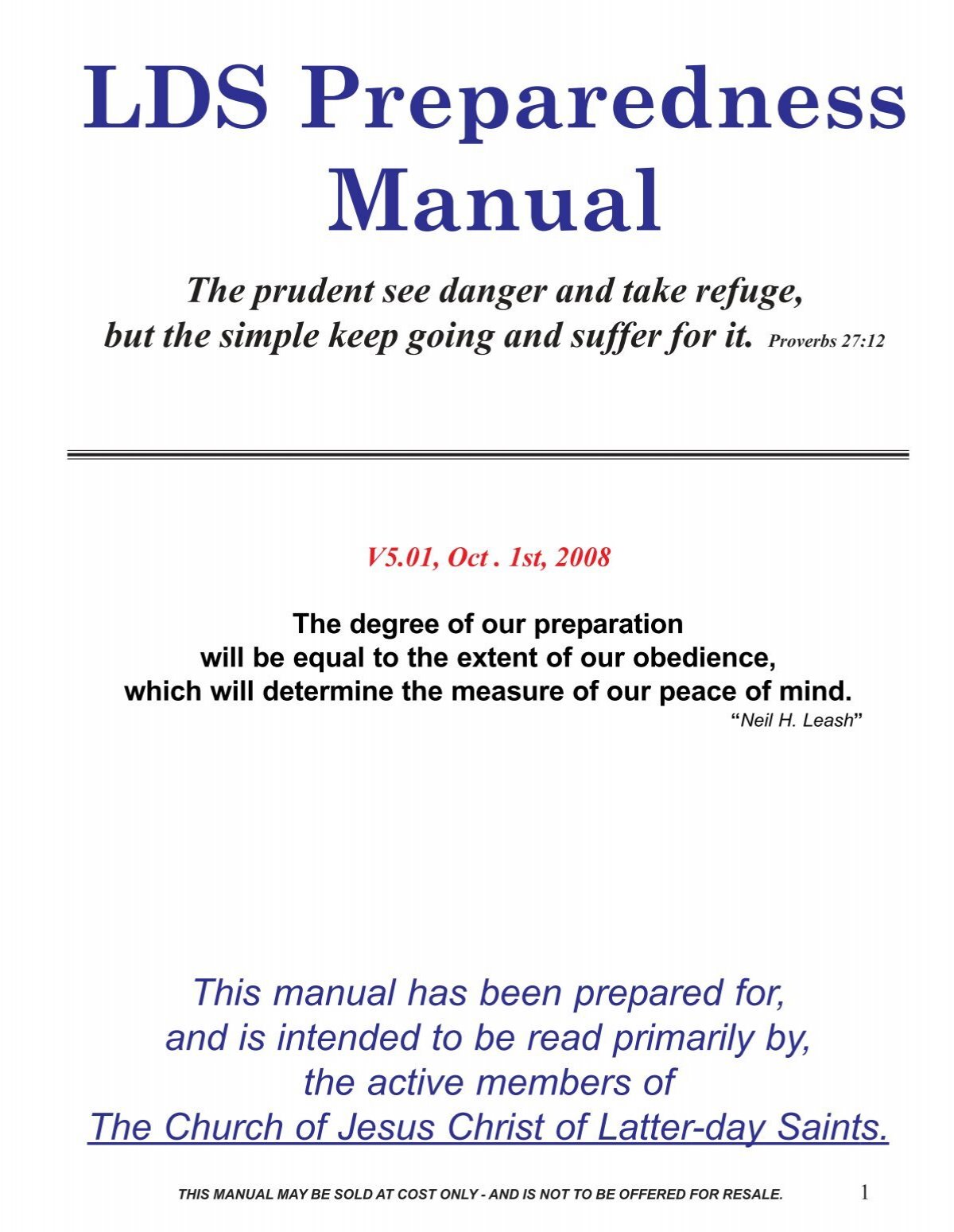
In the early 1770s, London physician Percival Pott made a significant observation that would later impact the domain of occupational health and cancer studies. He identified an unusually high rate of scrotal cancer among chimney sweeps, a vocation mainly occupied by young boys adept at navigating narrow chimneys. These children, frequently orphans or street dwellers with scant family supervision, would reach their twenties or thirties only to confront a rare cancer form.
Pott distinctly remembered one specific patient: a 28-year-old individual with a large tumor on his scrotum. In a time lacking anesthesia and chemotherapy, surgical possibilities were merciless at best. Surgery without anesthesia, typically evaded due to its traumatic nature, was the sole treatment option, although the threat of infection and mortality was considerable.
The mystery of this “epidemic” fascinated Pott, culminating in a groundbreaking insight: the prevalent soot and smoke from fireplaces were the offenders. The young sweeps, inevitably drenched in soot, infrequently washed off the remnants, subjecting their skin continuously to a carcinogenic environment. Although chemical understanding was primitive at the time, Pott inferred that something contained within the soot was responsible for cancer.
It wasn’t until the 20th century that researchers identified benzo[a]pyrene, a potent carcinogen found in smoke and ash, as the responsible agent. Present in both fireplace and cigarette smoke, this carcinogen also resides in smoked and grilled meats. The cooking method, particularly using charcoal grills, impacts the existence of this compound in foods such as hot dogs and hamburgers. However, the concentrations of benzo[a]pyrene in common meals remain a point of contention among medical experts concerning cancer risk.
The ongoing discussion focuses on dosage and exposure levels. Intestinal cells, the first to encounter and potentially sustain damage from carcinogens like benzo[a]pyrene, are rapidly replaced, implying that minor exposures may not considerably heighten cancer risk. Yet, in the absence of precise exposure measurements, establishing a dangerous dose is complex.
This contradiction brings to light a broader question: societal perceptions of natural versus synthetic carcinogens. While food additives and colorings elicit public alarm, natural carcinogen occurrences in food often evade criticism, despite their possible dangers. This negligence may arise from a misconception that natural equates to harmless.
Notably, benzo[a]pyrene converts into a carcinogen through metabolic processes in the liver. This biological intricacy illustrates evolutionary adaptations in mammals to detoxify plant-derived substances. Plants have long been integrated into human diets, with many posing toxicity unless cooked or altered. Historically, this necessitated evolutionary mechanisms like liver metabolism to swiftly handle potential toxins.
Despite awareness of benzo[a]pyrene’s hazards, its occurrence in cooked foods garners little public backlash compared to synthetic food additives. This inconsistency may underscore societal biases or a misunderstanding of natural versus artificial dangers.
In summary, Pott’s finding not only underscored occupational dangers but also emphasized the inherent risks in “natural” substances, challenging existing perceptions of threat. It urges a reassessment of how society evaluates health dangers, particularly those intertwined with cultural practices such as cooking.